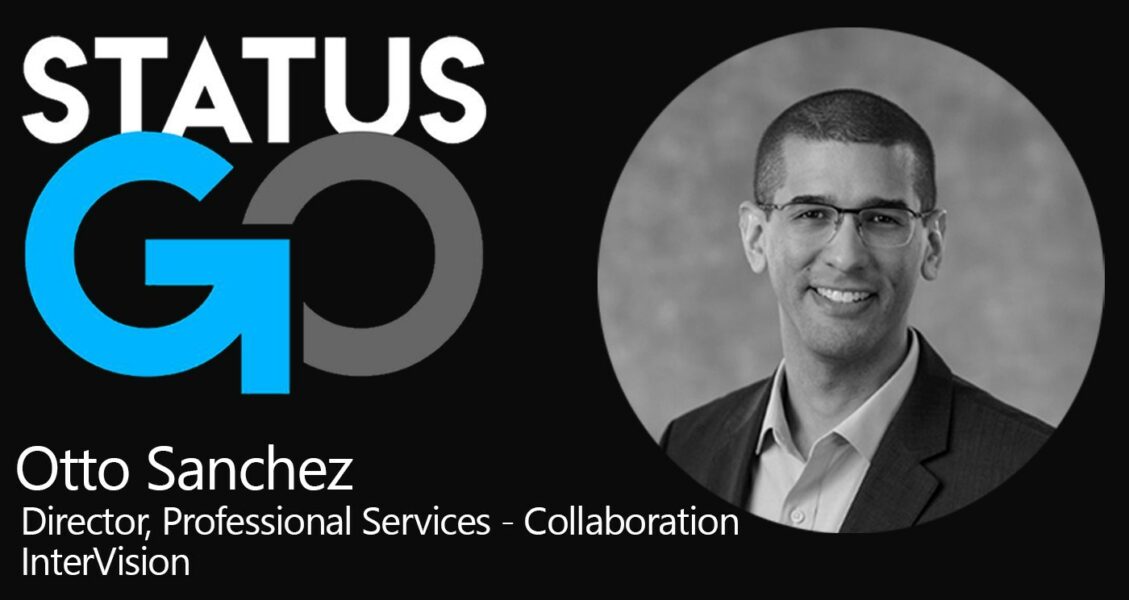Deciding which target or targets are right for your DRaaS strategy can be complex. Some of the factors end up being tradeoffs, speed vs. cost.
Traditional norms were no doubt disrupted in 2020, which makes 2021 predictions a big question mark of how things will evolve. As we reflect on lessons learned from 2020, one commonality among those we saw thrive is that being prepared for the uncertain means pivoting your company toward a stance that emphasizes agility, speed and security.
How the right collaboration tools can make a big impact on your customer experience – or create “frictionless customer interaction.” Otto explains the immense effect of collaboration on the operational effectiveness and efficiency among employees and the major role collaboration plays in a rock star customer experience.
By taking the time to truly understand their business needs, service level requirements, and challenges, InterVision impressed the company. They appreciated our approach in looking at things strategically vs. tactically, especially our focus on a holistic perspective which helped to clearly translate issues for the executive and board room level.
After engaging with InterVision, the client aligned upon Disaster Recovery as a Service (DRaaS) to meet their company objectives for uptime following a disruption, as well as provide ongoing data protection.
The firm engaged InterVision to design and implement a Disaster Recovery as a Service (DRaaS) solution that satisfied their board that, in the event of a disaster, they would be able to bring critical systems back online. They satisfied their client audit, as well as proof for other clients, without significant budgetary investment because they leveraged InterVision’s expertise and technology. In addition, the IT team was freed up to focus on 80 other competing IT projects because they outsourced disaster recovery to InterVision.
As a result, the firm established a successful DR testing strategy to ensure systems availability across multiple threats. They also gained the ability to meet regulatory requirements for their financial service clients and increased partner confidence in their firm’s recovery capability. With InterVision managing the full solution, the IT team was able to focus on other priorities within the firm.
The biggest driver in DR in the Cloud is the utility-like aspect of purchasing infrastructure, because you only pay for what you use.
By waiting to begin the recovery of an application until its preceding application has been fully validated, IT can give calculated attention to each tier for a successful recovery. Organizing and recovering applications in a step-by-step manner gives a more accurate prediction to stakeholders of when your business will fully recover and return IT systems to end users.
A common misunderstanding is what Backup-as-a-Service (BaaS) is compared to Disaster Recovery-as-a-Service (DRaaS). The difference is more than just price and provider.
The value of continuous availability doesn’t only extend to servicing customers. It enables employees to perform their job tasks.
InterVision continuously tests its own resiliency in various formats on an ongoing basis, but our latest DR simulation was the most important test of the year.






